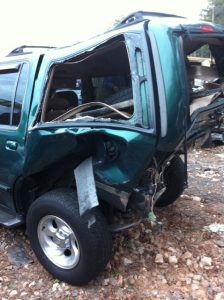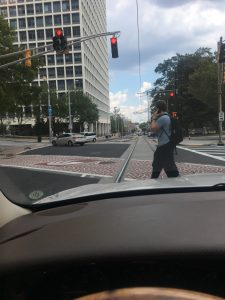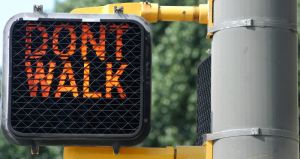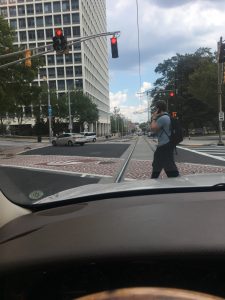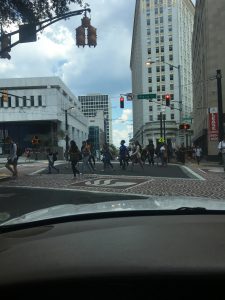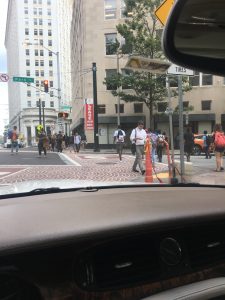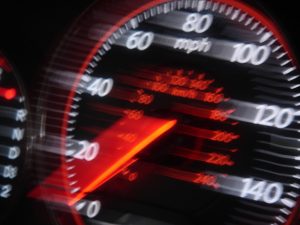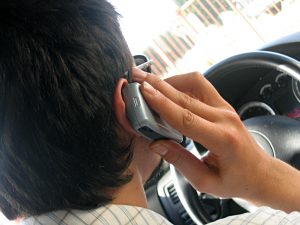One of the first questions many of my clients have after they have been in a car wreck is whether they can accept the insurance company’s pay-off for their totaled car. Most people need the pay-off money to be able to buy substitute transportation as quickly as possible. Some people accept the insurance company’s pay-off well before they even think about hiring a lawyer, and well before they have even spoken to a lawyer about representing them in a car wreck case. This is certainly understandable and normal human conduct when your car has been totaled in a wreck that isn’t your fault. But can there be a problem with accepting the insurance company’s pay-off for your car and, in return, releasing ownership of it to that insurance company for salvage value?
Typically, in a car wreck that has resulted in some personal injuries due to the negligence of the at-fault driver for say, running a stop sign, or rear-ending the car in front, the answer for at least 30 years has been no. In the past, no insurance carrier ever really cared about preserving the car in a plain ordinary negligence car wreck case where there is no evidence of any mechanical failure of the car or any evidence that the car itself was, somehow, defective. In the last 5 years or so, however, that has changed. Now, in an increasingly scorched-earth tactic by defense lawyers, they often file a motion to dismiss even run-of-the-mill car wreck cases for the plaintiff’s failure to preserve or keep the car that was involved in the wreck, even if that car was totaled by the insurance carrier. This motion is referred to as a “spoliation motion” and they are becoming more and more popular as a “gotcha” tactic by defense attorneys who really have no defense for their insured’s actions in actually causing the wreck in the first place. They have to admit their insured was negligent and caused the wreck, but maybe they can get out of the whole thing by arguing that without the car to be examined by an expert, hypothetically, we can never know whether something was wrong with the brakes or the windshield wipers (yes, I have really had that argued by defense counsel in a case) or the seat belts or any of a number of made-up potential problems, even if there exists no evidence that anything about the car caused or contributed to the wreck. At a minimum it is frustrating…at the worst, it can cost a plaintiff her entire case.
 Atlanta Injury Lawyer Blog
Atlanta Injury Lawyer Blog


